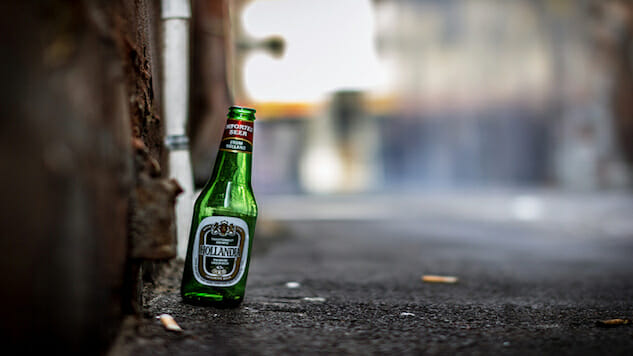
Iceland knows something that the rest of the world doesn’t. When it comes to stopping teens from drinking, smoking and using other drugs, the small Nordic nation is doing better than basically every other nation—and no one is paying attention.
Twenty years ago, 42 percent of Icelandic teens aged 15-16 reported being drunk in the past 30 days. In 2016, that number had fallen to five percent. During that span, daily smoking rates have decreased from 23 percent to three percent, and marijuana use—even as other nations are becoming more cannabis-friendly each year—has dropped from 17 percent to seven percent.
So what is Iceland doing to make its anti-drug campaign so effective? Overall, the answer is pretty simple: give teens enough options for “clean” entertainment and development, so that they don’t need to seek excitement, comfort or adventure in the form substance abuse.
The process basically boils down to providing at risk teens with education that leads to healthy recreational habits, such as music, sports and dancing classes, as well as teaching focused on self-improvement and interpersonal skills. As American researcher Harvey Milkman discovered and shared with Iceland in the early ‘90s, telling a 15 year old that drugs are bad simply isn’t an interesting or powerful enough thought—you have to provide an alternative.
Milkman’s study of drug use led to the foundation of the nationally-spread Youth in Iceland program, which has successfully replaced teen drug use with a social movement focused on “natural highs.”
In the U.S., smoking and drinking among teens is definitely declining in recent years, but not by much when compared to Iceland’s incredible turnaround. Currently, about 38.3 percent of tenth graders in America reported using alcohol in the past year, a number that jumps to 55.6 percent by 12th grade. Daily smoking rates for tenth graders is actually less than two percent, however teen marijuana use is about the same as it was in the early 1990s.
Basically, the U.S. is battling the problem too late, and in the wrong ways. Many American policies seem to emphasis treatment and punishment over prevention, and the debate over what exactly drug prevention programs should look like has kept anything close to a national movement like Youth in Iceland from developing. As Iceland leads Europe in most statistics regarding teen drug use, it seems as though the U.S. isn’t the only country that’s failed to follow the Nordic country’s example.
Despite that fact that Iceland’s comparably small population size (around 330,000 people) may mean that these results aren’t replicable everywhere, there’s still something other countries can learn from how the tiny island country is dealing with drugs—if they’re willing to listen.
Photo: Daniel Lee, CC-BY
Dillon Thompson is a University of Georgia student and freelance writer with a love for travel and an addiction to coffee and hip-hop music.